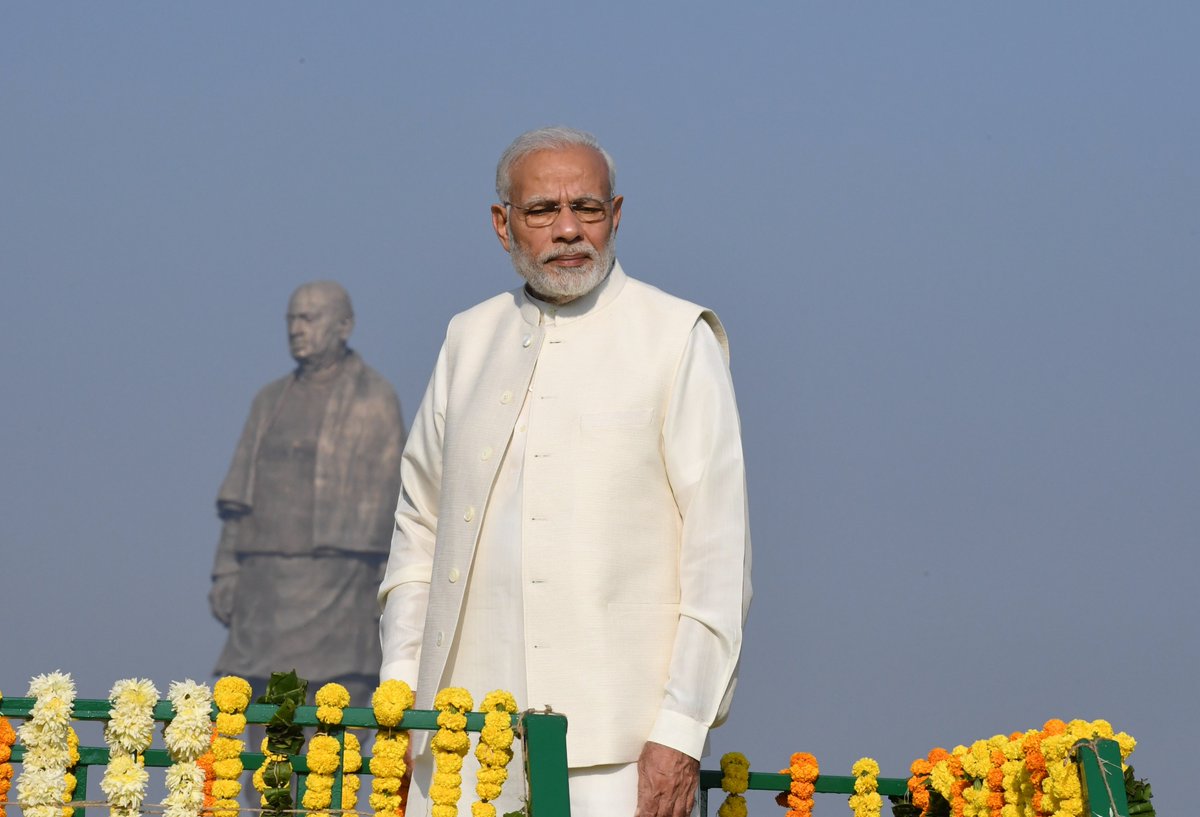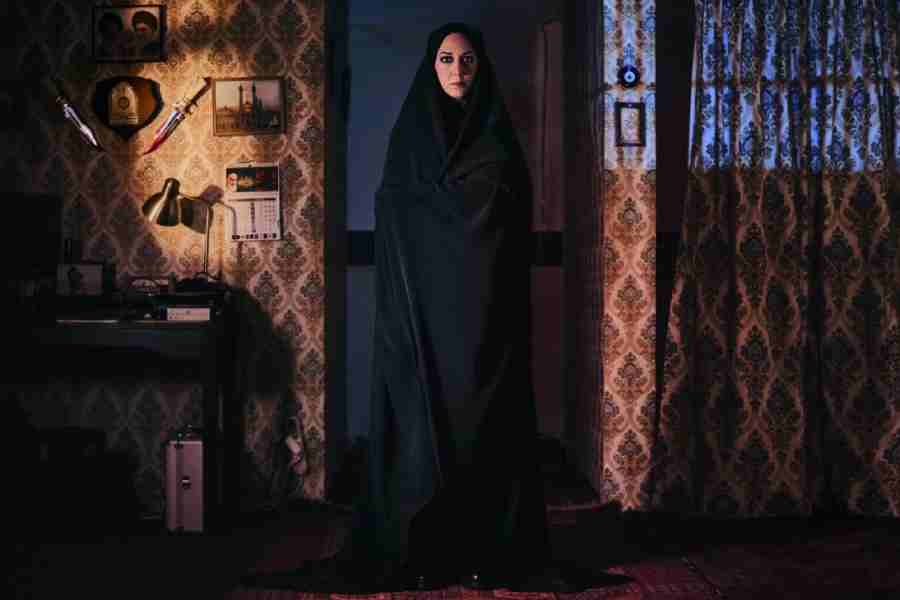Imagine for a second you are the head of a political party that has just swept the polls. What do you do next? Form the government, right? Well, it is not that simple. To form that government you need to draw legitimisation from a father figure, usually a freedom fighter. If your party is the Congress, you have it easy. You have Gandhi and you have Nehru. As far as krantikaari credentials go, you don't get any better names.
But if your party is the Bharatiya Janata Party (BJP), you have your work cut out. Firstly, you are the political wing of the Rashtriya Swayamsevak Sangh (RSS), an outfit which does not have the greatest freedom-fighting heritage (never mind the number of times they use the term ‘nationalist’ in their communication). Secondly, the two biggest names (Gandhi and Nehru) have already been taken. So you go ahead and settle for Vallabhbhai Patel, who, conveniently, ticks all the right boxes of freedom fighter, strong mass leader and not having Gandhi or Nehru for a surname.
But even the adoption of Sardar Patel comes with its own set of challenges (for the Sangh / BJP, that is). In the first few months of post-Independent India, Patel extended an olive branch to the RSS and invited them to join the Congress. In a speech in Lucknow on 6 January 1948, Patel said: “In the Congress, those who are in power feel that by the virtue of authority they will be able to crush the RSS. You cannot crush an organisation by using the danda. The danda is meant for thieves and dacoits. They are patriots who love their country. Only their trend of thought is diverted. They are to be won over by Congressmen, by love.”
But just three weeks later, Mahatma Gandhi was assassinated by Nathuram Godse. Although the RSS was never legally connected to the assassination of Gandhi, it had done its damage as far as its perception in the eyes of Patel was concerned. Patel banned the RSS. In a letter to Shyama Prasad Mukherjee, Patel wrote: “There is no doubt in my mind the extreme section of the Hindu Mahasabha was involved in this conspiracy. The activities of the RSS constituted a clear threat to the existence of the Government and the State.”

In the Congress, those who are in power feel that by the virtue of authority they will be able to crush the RSS. You cannot crush an organisation by using the 'danda'. The 'danda' is meant for thieves and dacoits. They are patriots who love their country. Only their trend of thought is diverted. They are to be won over by Congressmen, by love
Sardar Vallabhbhai Patel, in a speech in Lucknow on January 6, 1948

There is no doubt in my mind the extreme section of the Hindu Mahasabha was involved in this conspiracy. The activities of the RSS constituted a clear threat to the existence of the Government and the State
Sardar Vallabhbhai Patel, in a letter to Shyama Prasad Mukherjee after the assassination of M K Gandhi
One and a half years later, however, Patel reversed his ban on the RSS. There was, however, a condition: the RSS would stay away from politics. Within a year, RSS would break the promise as Shyama Prasad Mukherjee, with help from MS Golwalkar formed the Bharatiya Jana Sangh. ( The Jana Sangh, as it was also called, merged with a number of parties in opposition to the Congress in 1977 to form the Janata Party. In 1980, the party split further and reunited into the Bharatiya Janata Party).
Given the deep mistrust Patel had towards the RSS and its eventual political offshoot, the BJP, it is curious how the latter has co-opted Patel as its icon. But then this is the brand of politics that the BJP represents. As long as it serves the party’s purpose, they are more than willing to conveniently turn a blind eye to these rather uncomfortable historical facts.
So, as Prime Minister Narendra Modi inaugurated the gargantuan statue of Sardar Patel, built facing the Sardar Sarovar dam on the Narmada, it could not be more apparent that the only way the BJP has managed to undermine the Gandhi-Nehru legacy is in terms of the height of the statue.











